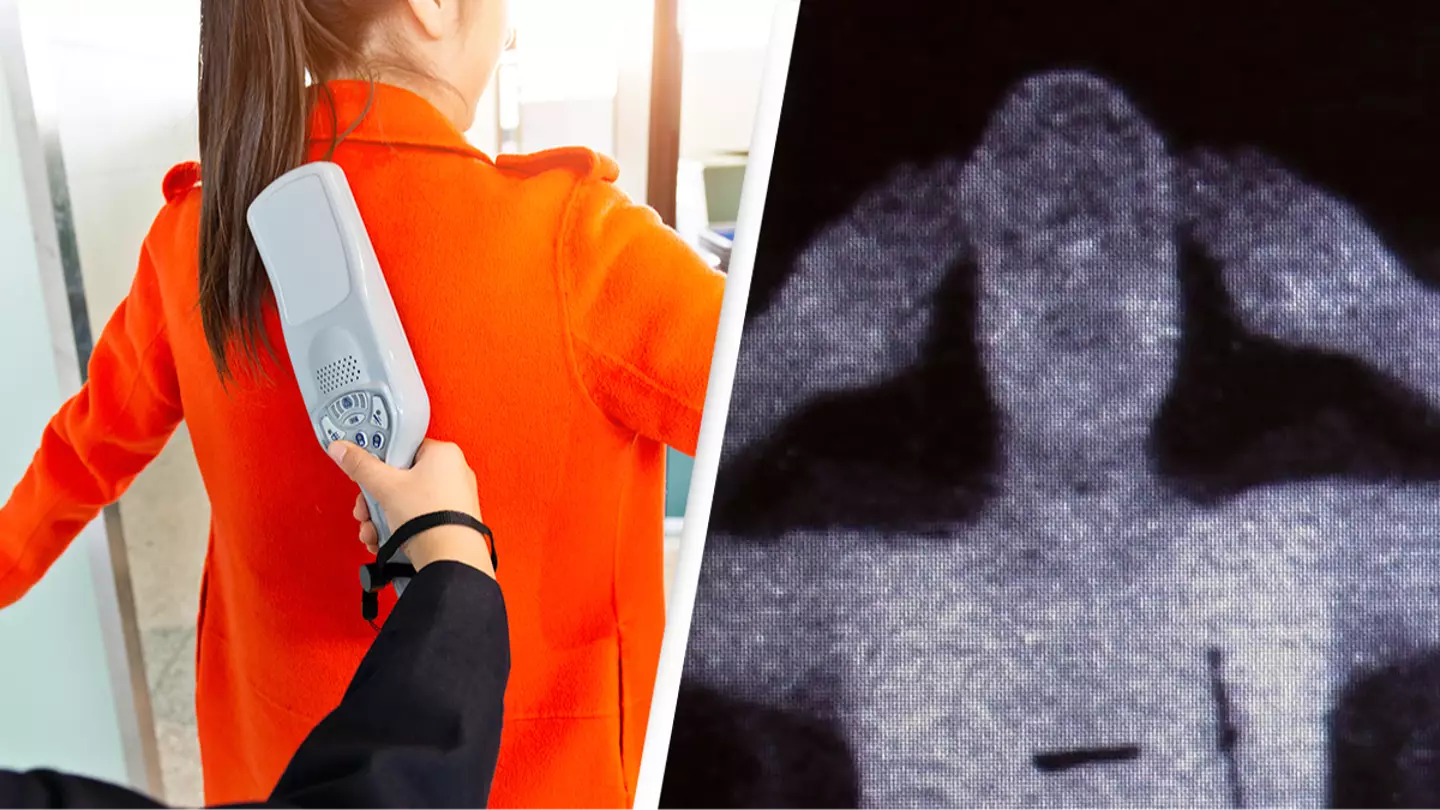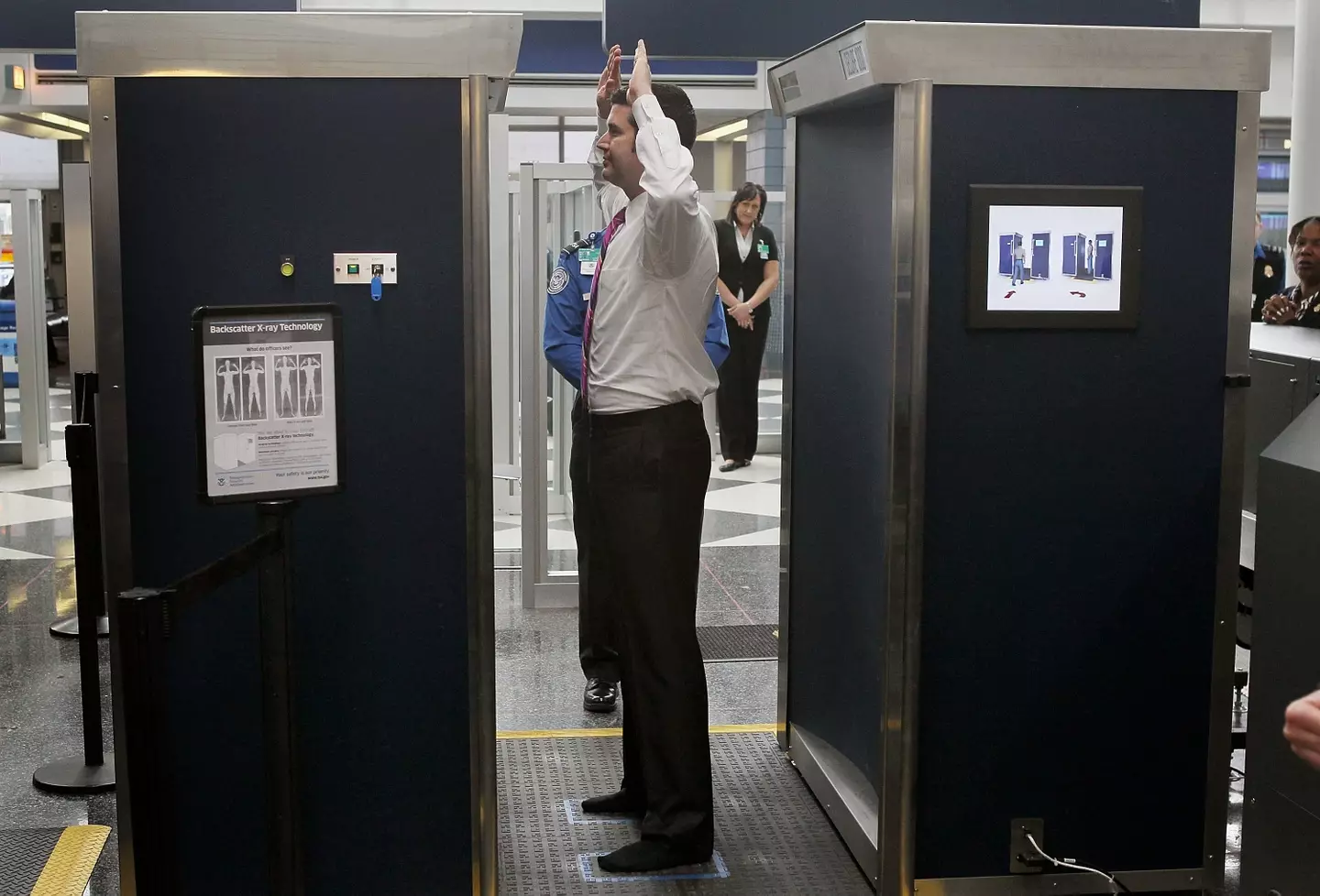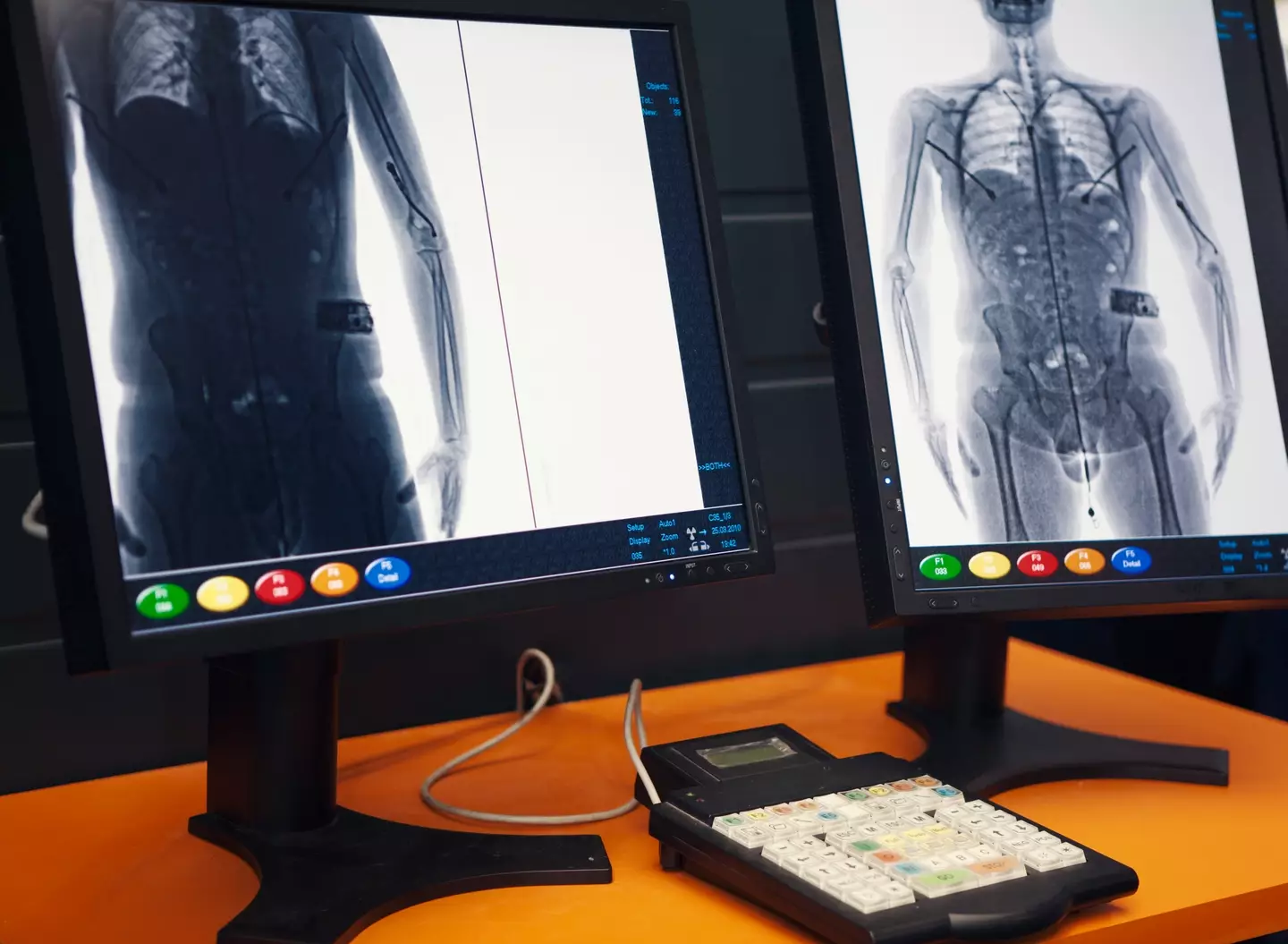
US airports were forced to change the security scanners they used after it was revealed just how much the x-rays showed up.
If you find it easy to walk through airport security and not poop your pants, panicking someone has suddenly planted a bomb on you or some sort of drugs or illegal weapon then congratulations - no, just me?
It's the worst part of any holiday and the only thing which makes it worth it is the Pina Colada you know'll be waiting for you on a beach the other end.
And while the scanners in the US may not pick up on your trembling fear, it turns out they used to be able to pick up on a hell of a lot more than you probably realized - so much so, they had to be drastically changed.
Prior to the change made in 2013, TSA used body scanners made by OSI Systems' Rapiscan division to assess passengers making their way through the airport.
Advert
The scanners were introduced after a failed terrorist attempt in 2009 that revolved around bomb parts hidden in someone's underwear, and offered a full-body infrared image for security agents to look at.
It might sound like a pretty normal process, but in reality, it meant security agents could effectively see you completely nude.

Needless to say, that's not the relaxing start to a vacation people would be looking for.
Advert
The scanners sparked controversy and prompted TSA to ask Rapiscan to develop a new software problem that would correct the problems.
However, Rapiscan informed TSA that it would not be able to meet the June 2013 deadline it had set.
As a result, TSA announced that it would no longer use the scanners.
"TSA has strict requirements that all vendors must meet for security effectiveness and efficiency," the agency said.
Advert

"Due to its inability to deploy non-imaging Automated Target Recognition (ATR) software by the Congressionally-mandated June 2013 deadline, TSA has terminated part of its contract with Rapiscan.
"By June 2013 travelers will only see machines which have ATR that allow for faster throughput.
"This means faster lanes for the traveler and enhanced security. As always, use of this technology is optional."
Advert
There were 174 Rapsican body scanners still in use when the announcement went out, but they were phased out over the following months and replaced by new scanners created by the company L-3 Communications, which only show generic images of the customers passing through.
Topics: Technology, Travel, US News